Koi carp are a popular and prized species of freshwater fish, renowned for their vibrant colors and graceful movements. Catching koi carp requires a combination of patience, technique, and the right equipment. Whether you’re an experienced angler or a beginner, understanding the habits and behaviors of koi is essential to successfully and humanely capturing these beautiful fish. This guide will walk you through the basics of how to catch koi carp, helping you prepare for a rewarding and respectful experience.
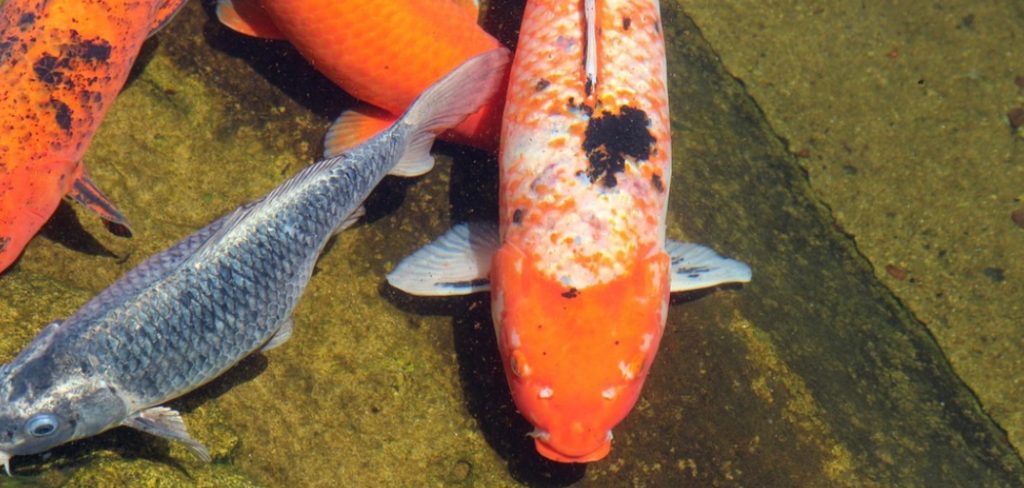
What Are Koi Carp
Koi carp, scientifically known as Cyprinus rubrofuscus, are ornamental fish that belong to the carp family. Originating from East Asia, they have been bred for centuries, particularly in Japan and China, for their stunning appearance and symbolic significance. Koi are known for their striking patterns and colors, which range from white, black, red, yellow, blue, and cream.
These colors and patterns are often associated with various meanings, such as prosperity, longevity, and perseverance. Typically found in ponds and decorative water gardens, koi carp are hardy creatures that can adapt to a range of climates and water conditions. Their graceful movements and brilliant hues make them a beloved species, admired by fish enthusiasts worldwide.
Legal and Ethical Considerations
When it comes to catching koi carp, it is important to consider both the legal and ethical implications of your actions. Koi carp are often kept as treasured pets or for ornamental purposes in private ponds and gardens. Therefore, capturing koi without the explicit permission of the owner is not only unethical but may also be illegal, as it constitutes theft. It is essential to respect private property and only fish in areas where it is explicitly allowed.
Certain regions may have regulations regarding the capture and handling of koi carp, or they may restrict fishing within specific areas, such as protected habitats or ornamental ponds. Always check the local fishing laws in your area and ensure you have the necessary permits or permissions before setting out.
Furthermore, handling koi carp responsibly is a moral obligation. Avoid causing unnecessary stress or harm to the fish, and use appropriate equipment such as soft nets to minimize injury. By adhering to these legal and ethical guidelines, you can enjoy the activity while maintaining respect for both the fish and the environment.
10 Methods How to Catch Koi Carp
1. Understand Koi Carp Behavior
Koi carp are social and intelligent fish that prefer calm and warm waters. They are omnivorous and have a varied diet that includes insects, plant matter, and small aquatic organisms. Observing their behavior, such as their feeding times and preferred areas in the water, is critical for planning your fishing strategy. Pay attention to water temperature, as koi carp are more active in warmer conditions.
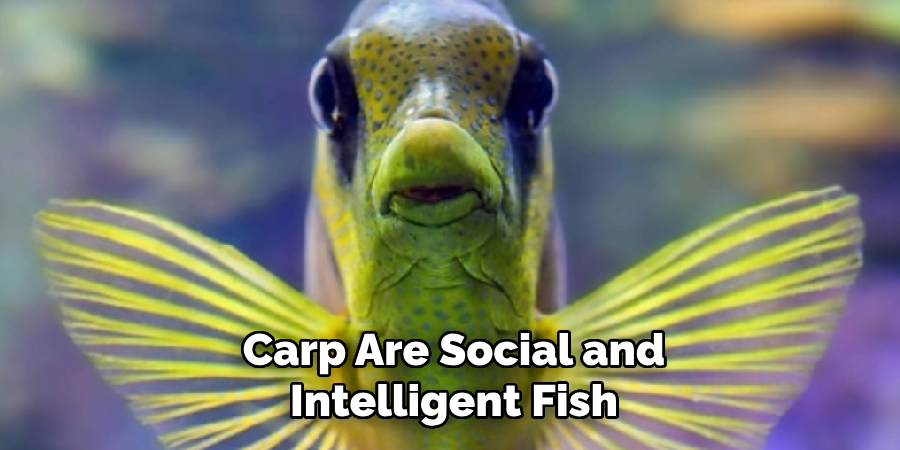
2. Select the Right Fishing Gear
Using appropriate fishing gear is essential when targeting koi carp. A light to medium fishing rod with a sensitive tip is ideal for detecting subtle bites. Pair this with a reliable spinning reel and a 6-10 lb test monofilament or fluorocarbon line. The setup should allow you to handle the koi carp’s strength and sudden bursts of speed without risking line breakage.
3. Choose Suitable Bait
Koi carp are not particularly fussy eaters, but selecting the right bait can make a significant difference. Sweetcorn, bread, pellets, and dough balls are popular choices. For an added edge, use flavored or colored bait to attract their attention
Bait that mimics their natural diet, such as worms or insects, can also be effective. Experiment with different options to determine what works best in your chosen fishing spot.
4. Use a Float Fishing Technique
Float fishing is an effective method for targeting koi carp, as it allows for precise bait presentation and easy detection of bites. Attach a float to your line and adjust the depth to position the bait just above the bottom of the water. Use small split shot weights to keep the bait stable, and watch the float closely for any movement or dips, which indicate a bite.
5. Employ Groundbaiting to Attract Koi Carp
Groundbaiting is a technique used to draw fish into your fishing area by scattering a mixture of bait. Create a groundbait mix using ingredients like breadcrumbs, crushed pellets, or sweetcorn, and throw it into the water to create a feeding frenzy. Repeat this process periodically to keep the koi carp interested and concentrated in your area.
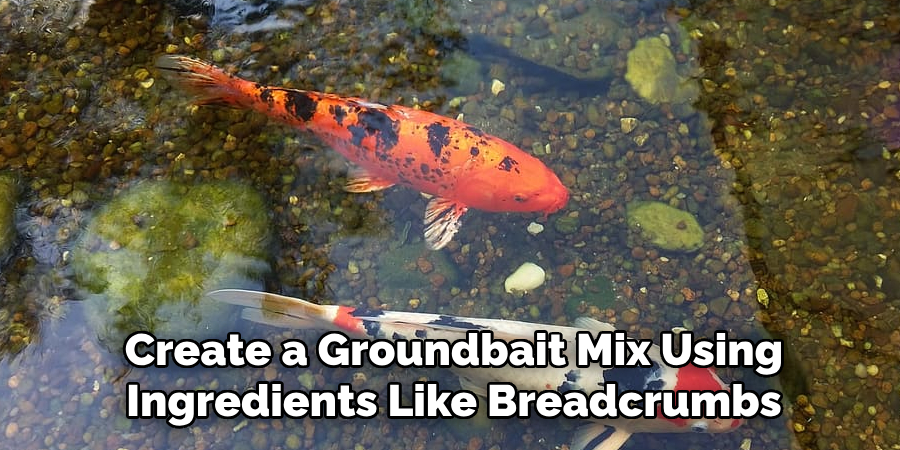
6. Practice Stealth and Patience
Koi carp are easily spooked by sudden movements, noise, or shadows. Approach the water quietly and avoid making unnecessary disturbances. Use camouflage clothing or neutral colors to blend into the surroundings. Once you’ve set your bait, remain patient and still, as koi carp may take their time to investigate before biting.
7. Fish in the Right Locations
Koi carp tend to congregate in specific areas of a water body, such as near vegetation, shallow margins, or under overhanging trees. These spots provide shelter and abundant food sources. Focus your efforts on these locations, and use polarized sunglasses to spot koi carp in clear waters. Identifying their preferred habitats increases your chances of success.
8. Monitor Weather Conditions
Weather plays a significant role in koi carp activity. They are more likely to feed actively during warm, overcast days with mild winds. Avoid fishing during sudden temperature drops or heavy rain, as these conditions can make them less responsive. Understanding how weather impacts their behavior will help you choose the best times to fish.
9. Set the Hook Gently
Koi carp have soft mouths, so setting the hook too aggressively can tear the hook out. When you notice a bite, allow the fish to take the bait fully before gently lifting the rod to set the hook. Use a sharp and small hook to ensure a secure but non-damaging hold. Proper technique reduces the risk of losing the fish.
10. Practice Catch-and-Release
Koi carp are prized for their beauty and are often kept as ornamental fish. Practicing catch-and-release is a responsible way to enjoy fishing for koi carp while ensuring their preservation. Use barbless hooks to minimize injury, handle the fish with wet hands or a soft net, and release them gently back into the water. This approach allows others to enjoy these magnificent fish while maintaining their populations.
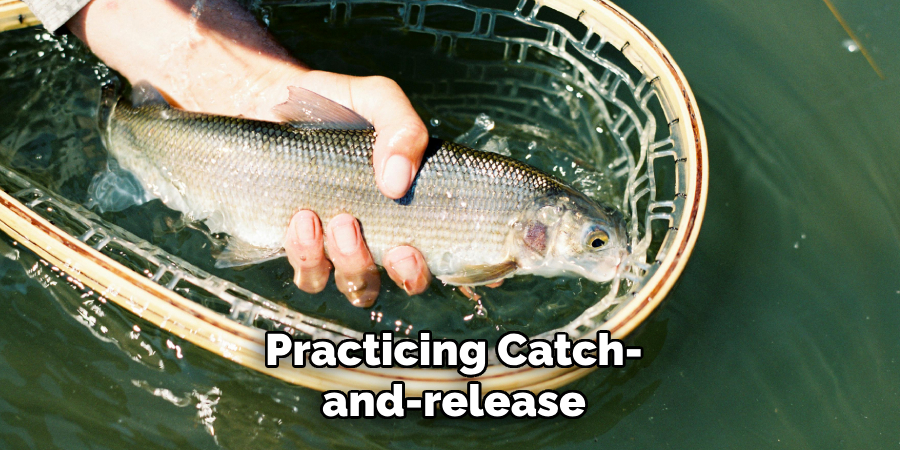
Troubleshooting Common Issues
Even with careful preparation and technique, anglers may encounter challenges when fishing for koi carp. Below are some common issues and tips for resolving them:
1. Lack of Bites
If you’re not getting any bites, consider reassessing your bait choice and presentation. Koi carp can be selective, so experiment with different types of bait or adjust the depth of your float. Additionally, ensure that your fishing location is active with koi carp by observing the water for movement or feeding activity. Groundbaiting may help attract more fish to your area.
2. Koi Carp Spooking Easily
Koi carp are highly sensitive to disturbances, which may cause them to scatter. To address this, reduce noise by speaking softly and minimizing movement near the water’s edge. Use light and neutral clothing to better blend into the environment, and select a fishing spot with natural cover to avoid casting visible shadows onto the water.
3. Snapped Lines or Equipment Failure
Strong koi carp can easily snap fishing lines if they are not durable enough. Ensure you’re using a line with sufficient test strength, such as a 6-10 lb monofilament or fluorocarbon. Check your gear for signs of wear, including weak knots or damaged hooks, and replace any compromised components to avoid failures during a catch.
4. Difficulty Hooking the Fish
Koi carp have soft mouths, making it tricky to set the hook firmly. If you’re having trouble, use sharp and smaller hooks designed for finesse fishing. Wait until the fish fully takes the bait before gently setting the hook. Adjusting your hook size and timing can significantly improve your success rate.
5. Koi Carp Refusing the Bait
If the koi carp seem uninterested in your bait, try using flavored or brightly colored options to grab their attention. Alternatively, opt for bait that mimics their natural diet, such as worms or insects. Different bodies of water may have distinct preferences among fish, so adapting your approach to local conditions is essential.
6. Fish Escaping During the Fight
Koi carp are strong and capable of sudden bursts of speed, which can lead to lost catches. Use a fishing rod with a sensitive tip to maintain control and respond to the fish’s movements effectively. Ensure your drag setting is not too tight or loose, allowing the fish to pull line while preventing it from breaking free.
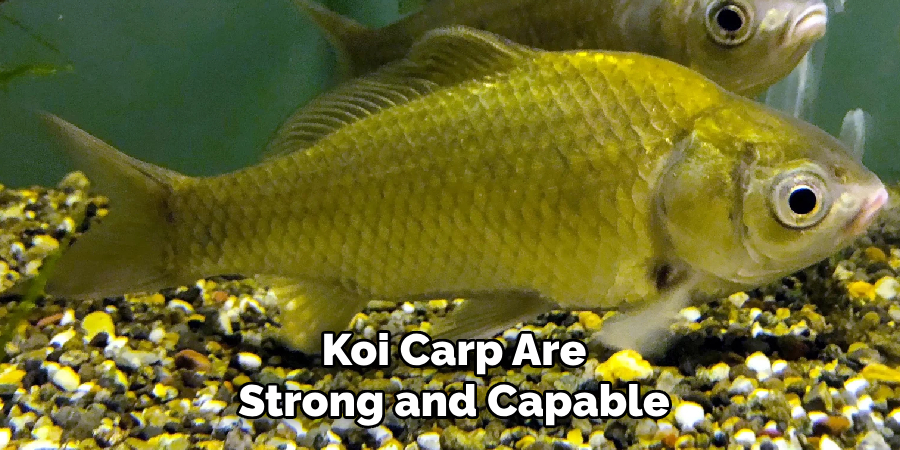
Conclusion
Fishing for koi carp can be a rewarding and exciting experience, combining skill, patience, and an appreciation for nature. By understanding koi carp behavior, selecting the right equipment and bait, and employing effective techniques like groundbaiting and stealth, anglers can significantly improve their chances of success. So, there you have it – a quick and easy guide on how to catch koi carp.
About the Author
Jennifer Branett is the author of Fishy Kayak and an expert in fish-related fields, with over 10 years of experience. Her work blends passion for fishing with a commitment to conservation.
Educational Background
Degree: Bachelor’s in Marine Biology
Institution: University of California, Santa Barbara
Specializations: Aquatic ecosystems, fish behavior, and sustainable practices
Professional Experience
Conservation Projects:
Collaborated with local organizations to restore aquatic habitats
Developed educational programs on sustainable fishing practices
Publications:
Authored articles for fishing magazines and environmental journals
Featured speaker at fishing expos and conservation conferences
Key Areas of Expertise
Fishing Techniques:
Kayak fishing strategies
Freshwater and saltwater fishing methods
Environmental Stewardship:
Advocacy for sustainable fishing
Promoting biodiversity in aquatic environments
Awards and Recognition
Recipient of the [Specific Award Name] for contributions to marine conservation
Recognized as a leading voice in the fishing community by [Organization/Publication Name]
Community Engagement
Workshops and Seminars:
Regularly hosts events to educate anglers on sustainable practices
Engages with youth programs to inspire the next generation of fishers
Online Presence:
Maintains an active blog sharing tips, stories, and conservation efforts
Engages with followers on social media to promote fishing ethics
Personal Interests
Enjoys kayaking in scenic locations
Passionate about photography, capturing the beauty of nature
Advocates for local conservation efforts in her community
